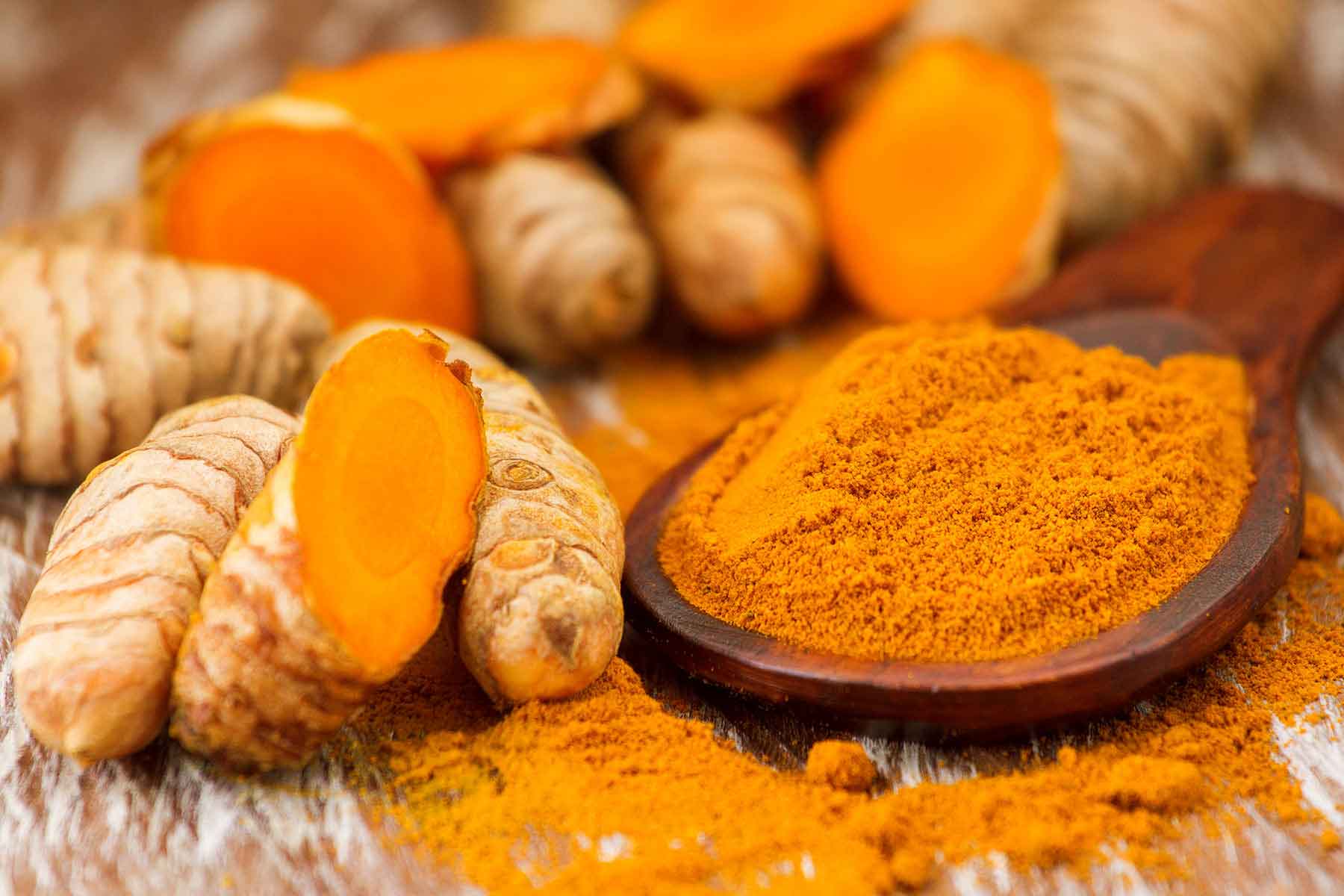
Turmeric is a staple spice known for its vibrant yellow color and warm, earthy flavor.
However, there are times when you might need or prefer an alternative, whether due to a lack of availability or a desire to alter the flavor profile of a dish.
This guide will explore ten effective turmeric substitutes, including common and less conventional options.
Each substitute adds distinctive characteristics to your recipes, from paprika and curry paste to mustard seeds and cardamom.
Discover how these alternatives can replicate turmeric’s color and enhance your dishes with different flavor profiles.
With these substitutions, you’ll be well-equipped to create delicious meals even when turmeric isn’t available.
Substitutes that Can Replace Turmeric in Dishes
1. Curry Powder
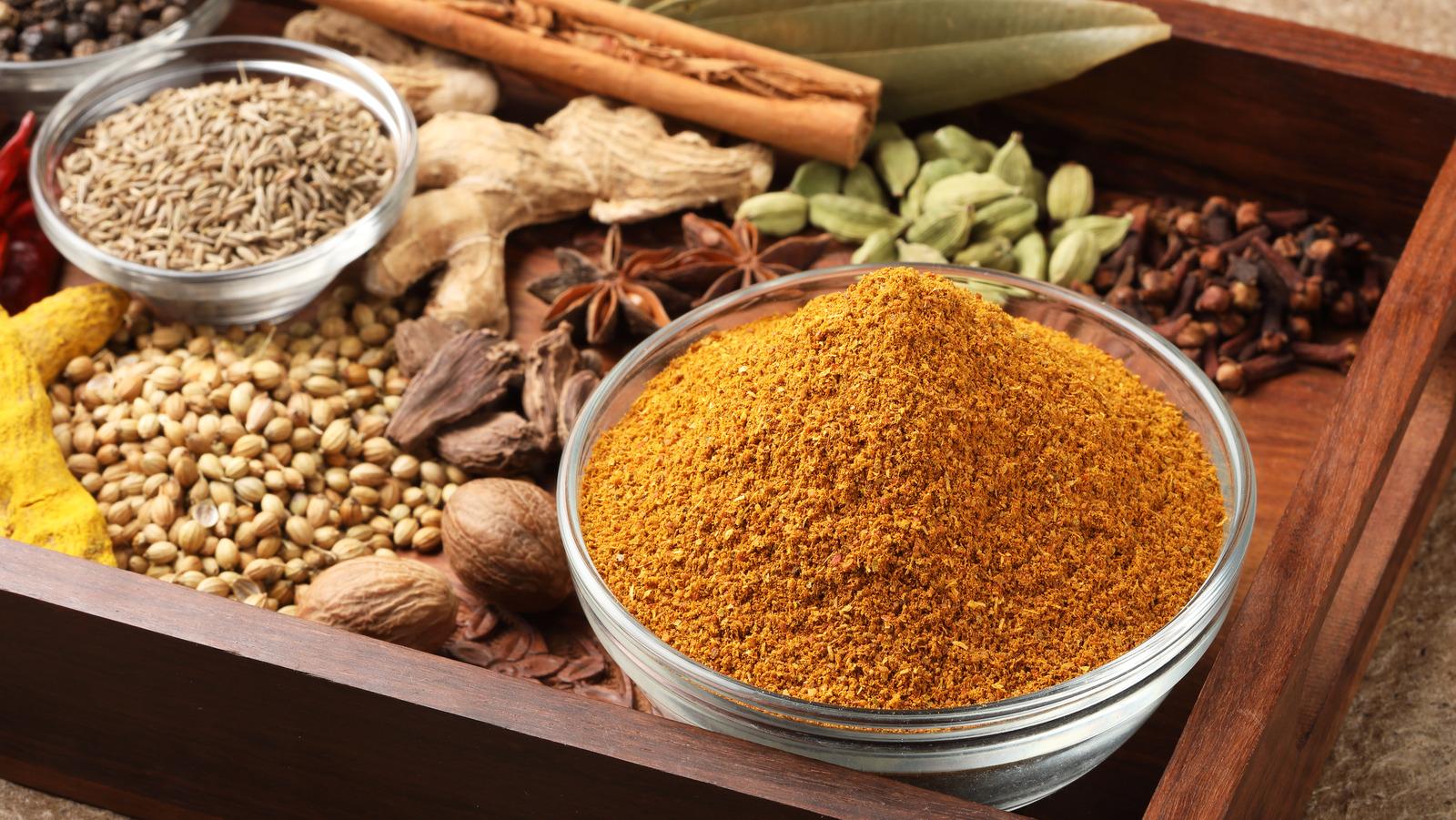
- Flavor Profile: Curry powder has a complex flavor with various spices, including cumin, coriander, and often turmeric. It provides a warm, slightly spicy, and aromatic taste.
- Color and Appearance: Curry powder’s color can vary from yellow to brown, depending on its ingredients, but it generally imparts a golden hue similar to turmeric.
- Best Uses: It is ideal for dishes where a blend of spices is desired, such as curries, stews, and soups. It also works well in recipes where turmeric is used for flavor and color.
- Potential Drawbacks: Curry powder has a more complex flavor profile than turmeric, which might overshadow or alter the intended taste of a dish.
2. Saffron
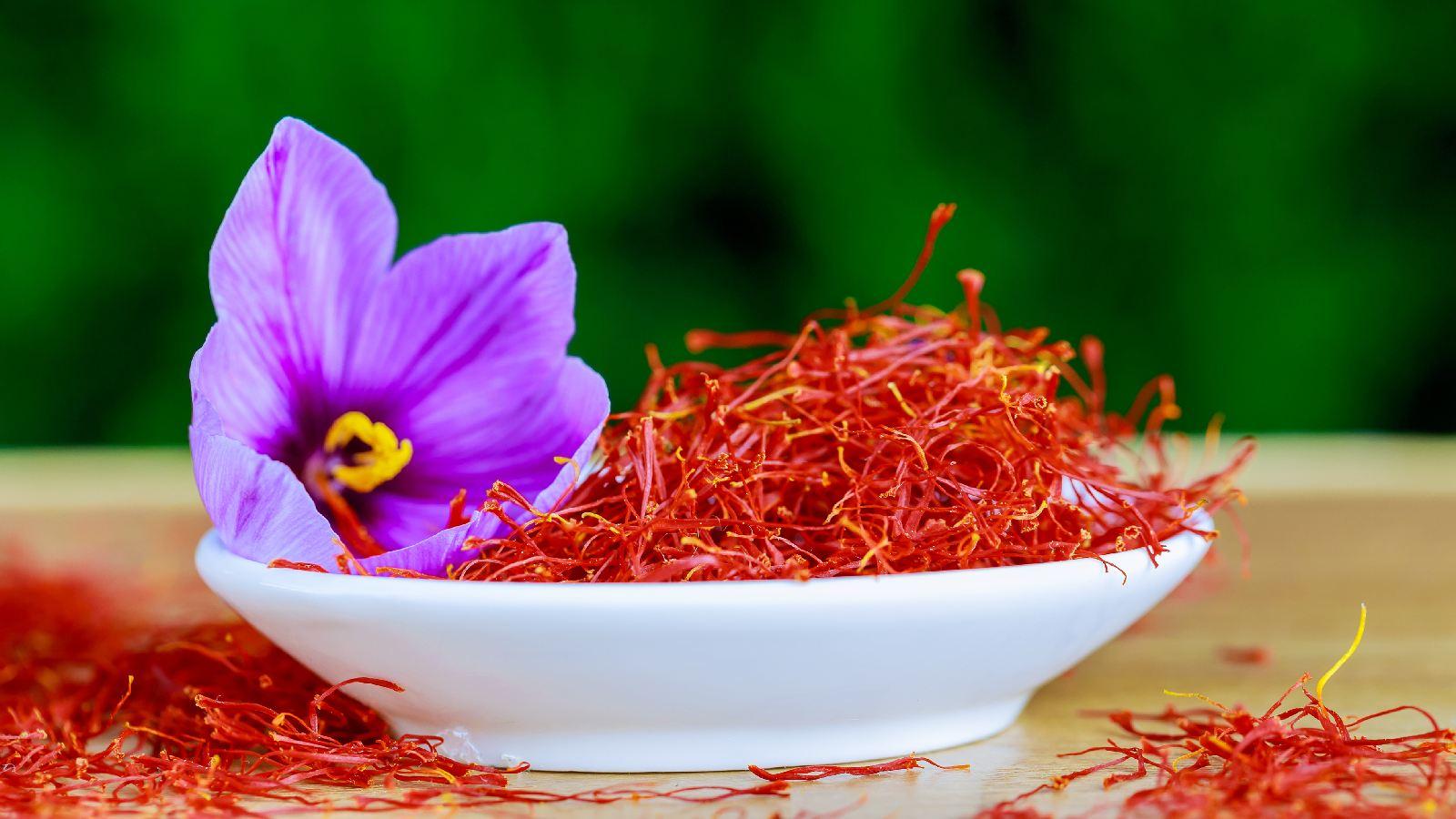
- Flavor Profile: Saffron has a unique, sweet, and earthy flavor with a delicate floral note.
- Color and Appearance: It imparts a golden yellow color to dishes, similar to turmeric but with a more subdued hue.
- Best Uses: Best used in rice dishes, paellas, or risottos with a desired luxurious flavor and color. It’s ideal for dishes where a subtle yet distinct flavor is preferred.
- Potential Drawbacks: Saffron is significantly more expensive than turmeric and has a different flavor profile, which might not work in all recipes where turmeric is typically used.
3. Ginger
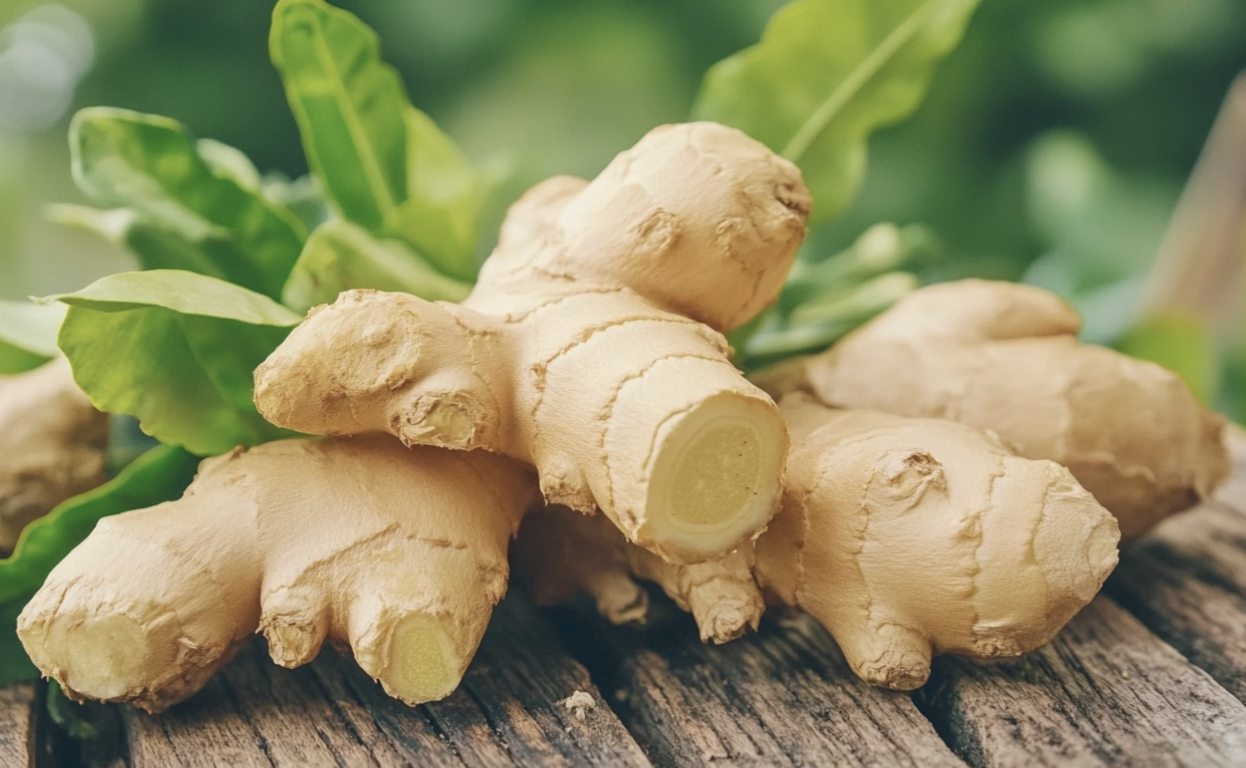
- Flavor Profile: Ginger has a spicy and slightly sweet flavor with an intense kick, different from turmeric’s warm, earthy taste.
- Color and Appearance: Ginger does not provide the same yellow color as turmeric. It generally leaves a more neutral to slightly beige tint.
- Best Uses: Suitable for dishes where a spicy kick is desired, such as stir-fries, marinades, and Asian cuisines. It’s a good alternative when flavor is more important than color.
- Potential Drawbacks: Ginger lacks the coloring properties of turmeric and has a distinct flavor that can alter the intended taste of the dish.
4. Annatto (Achiote)
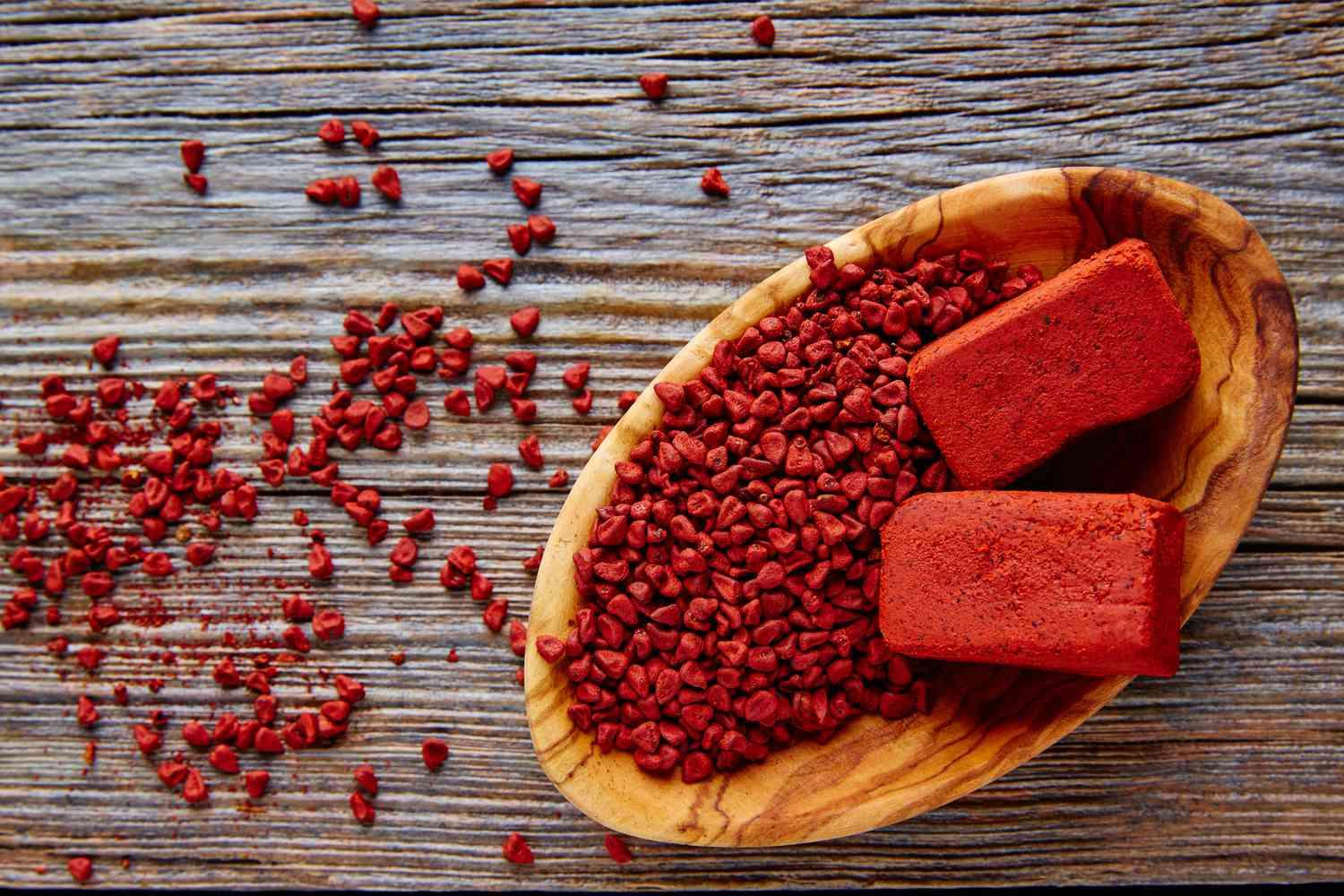
- Flavor Profile: Annatto has a slightly nutty, peppery flavor with a hint of sweetness.
- Color and Appearance: It provides a bright orange-red color, which can mimic the vibrant hue of turmeric but with a different tint.
- Best Uses: It’s excellent for recipes where color is important, such as rice dishes, stews, and sauces. It achieves a similar visual effect to turmeric.
- Potential Drawbacks: Annatto has a different flavor profile from turmeric and may not be a suitable replacement in dishes where the distinct flavor of turmeric is crucial.
5. Mustard Powder
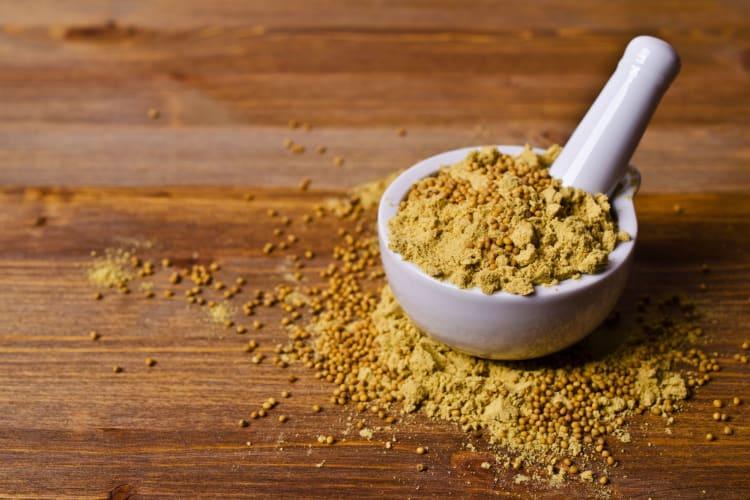
- Flavor Profile: Mustard powder has a tangy, sharp flavor with a bit of heat, which is quite different from the earthy warmth of turmeric.
- Color and Appearance: It adds a yellow color similar to turmeric, though it may be less vibrant.
- Best Uses: It works well in recipes where a bit of tanginess is acceptable, such as dressings, sauces, and some savory dishes. It’s a good option for color but may alter flavor.
- Potential Drawbacks: The strong, tangy taste of mustard powder can dominate or change the flavor profile of dishes originally intended to be flavored with turmeric.
6. Paprika
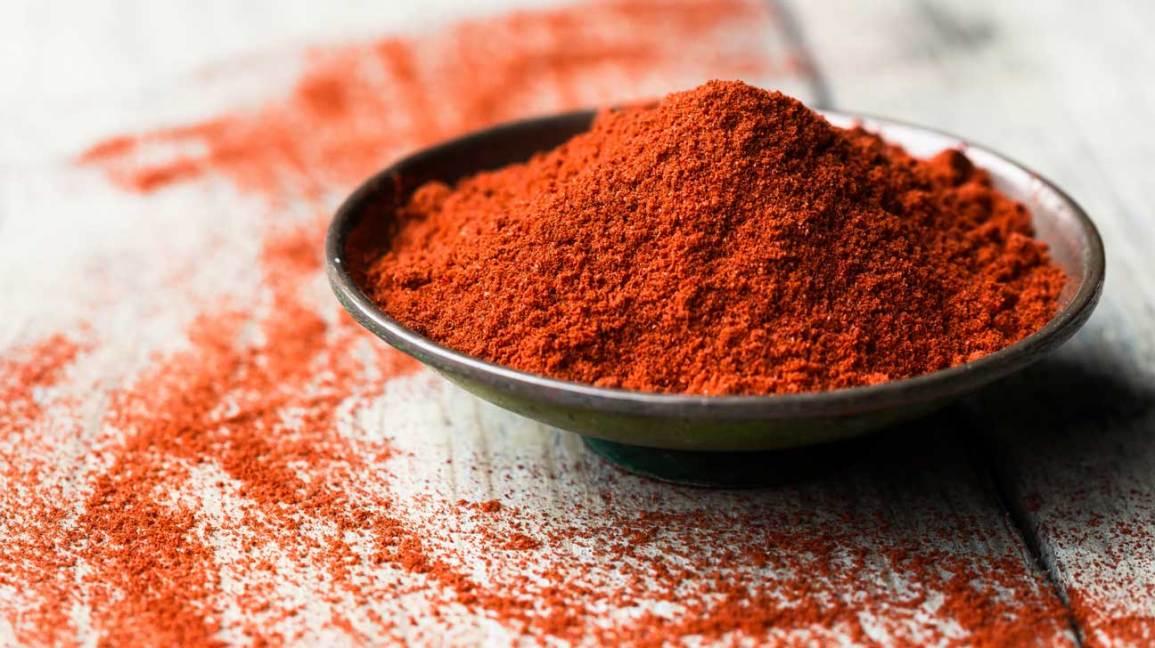
- Flavor Profile: Paprika has a sweet and slightly smoky flavor, with some varieties offering a bit of heat.
- Color and Appearance: It is red to orange in color, which is different from turmeric’s yellow but still offers a vibrant hue.
- Best Uses: It works well in dishes where a rich color is needed, such as stews, soups, and meat rubs. It is also ideal when adding a smoky or sweet note.
- Potential Drawbacks: Paprika lacks the earthy, warm turmeric flavor and may alter a dish’s intended taste. It also does not provide the same yellow color.
7. Curry Paste
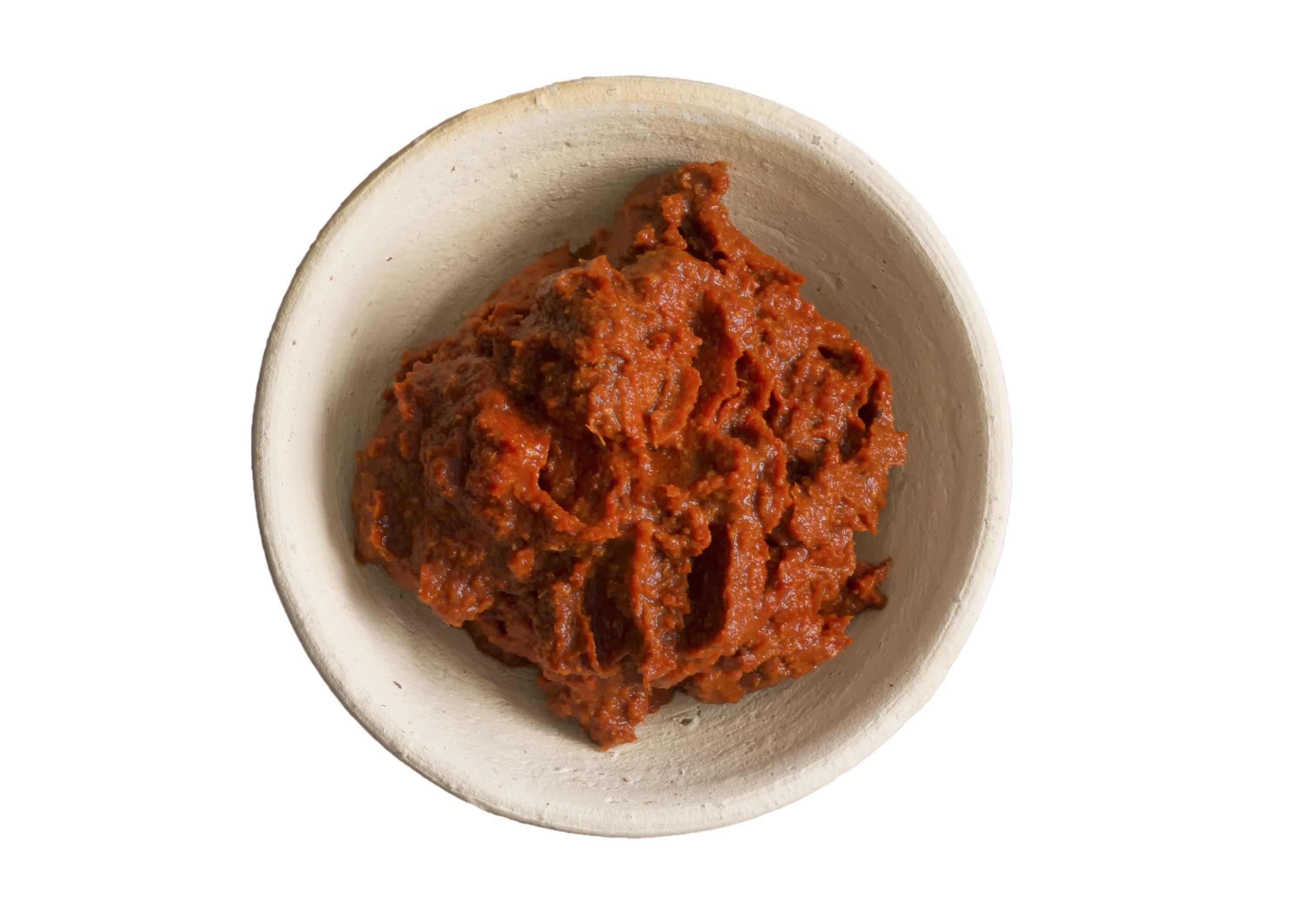
- Flavor Profile: Curry paste is a blend of spices that can include turmeric, garlic, ginger, and chili. It has a complex and often spicy flavor.
- Color and Appearance: Depending on the curry paste used, it can be yellow or reddish-orange.
- Best Uses: Excellent for adding depth and spiciness to dishes like curries and sauces. It’s suitable for recipes where a robust flavor is desired.
- Potential Drawbacks: Curry paste has a complex flavor profile that might overshadow or significantly alter the dish compared to using just turmeric. It also introduces additional ingredients and flavors.
8. Mustard Seeds
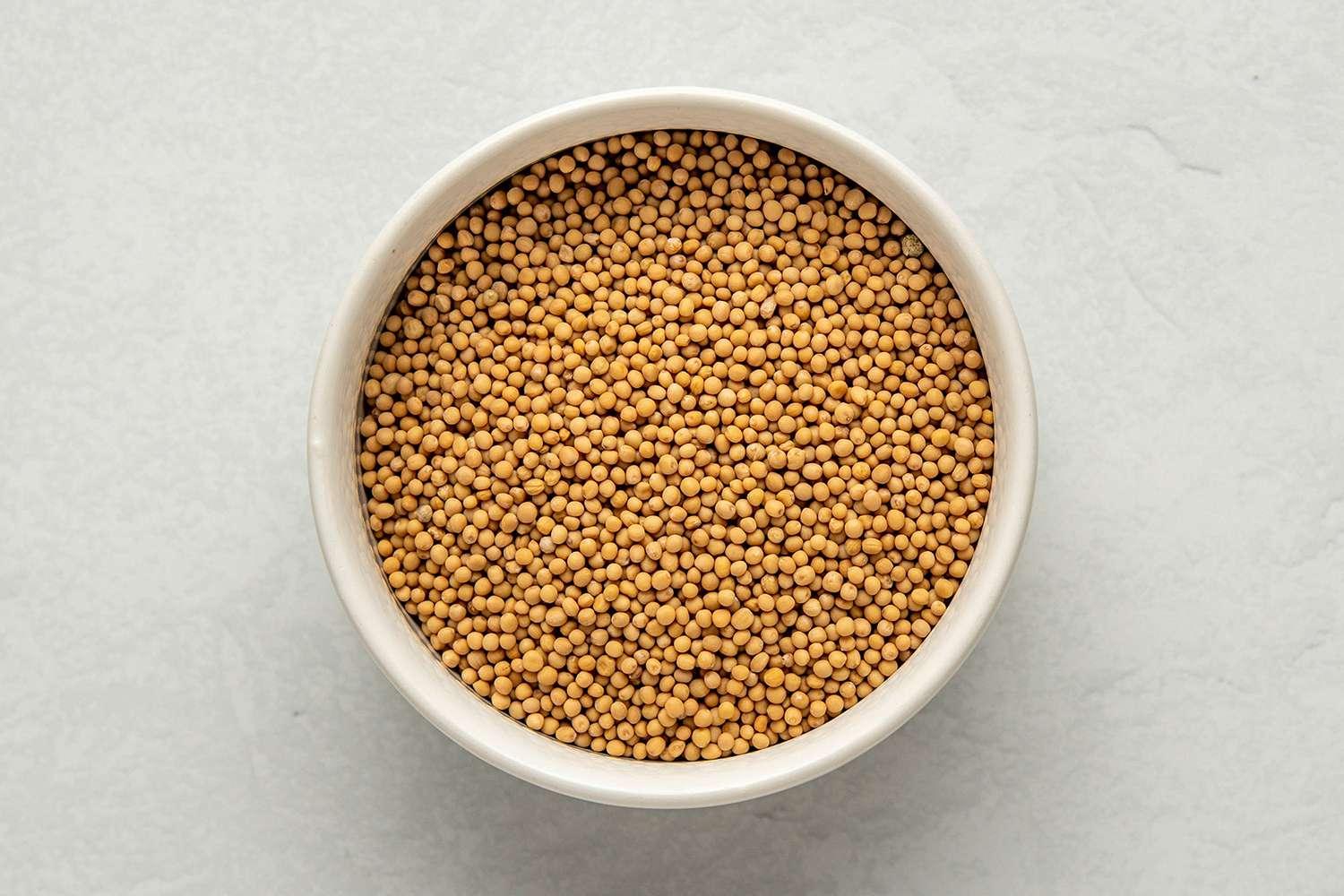
- Flavor Profile: Mustard seeds have a sharp, tangy flavor with a bit of heat, especially when toasted.
- Color and Appearance: Though not as vibrant as turmeric, they can impart a yellow hue to dishes. Ground mustard seeds are more effective for color.
- Best Uses: Ground mustard seeds, with a hint of tanginess and a yellow color, should be used in recipes, such as dressings or marinades.
- Potential Drawbacks: The sharp, tangy flavor of mustard seeds differs from turmeric’s warm, earthy taste. They may not be suitable for all dishes where turmeric is used.
9. Cardamom
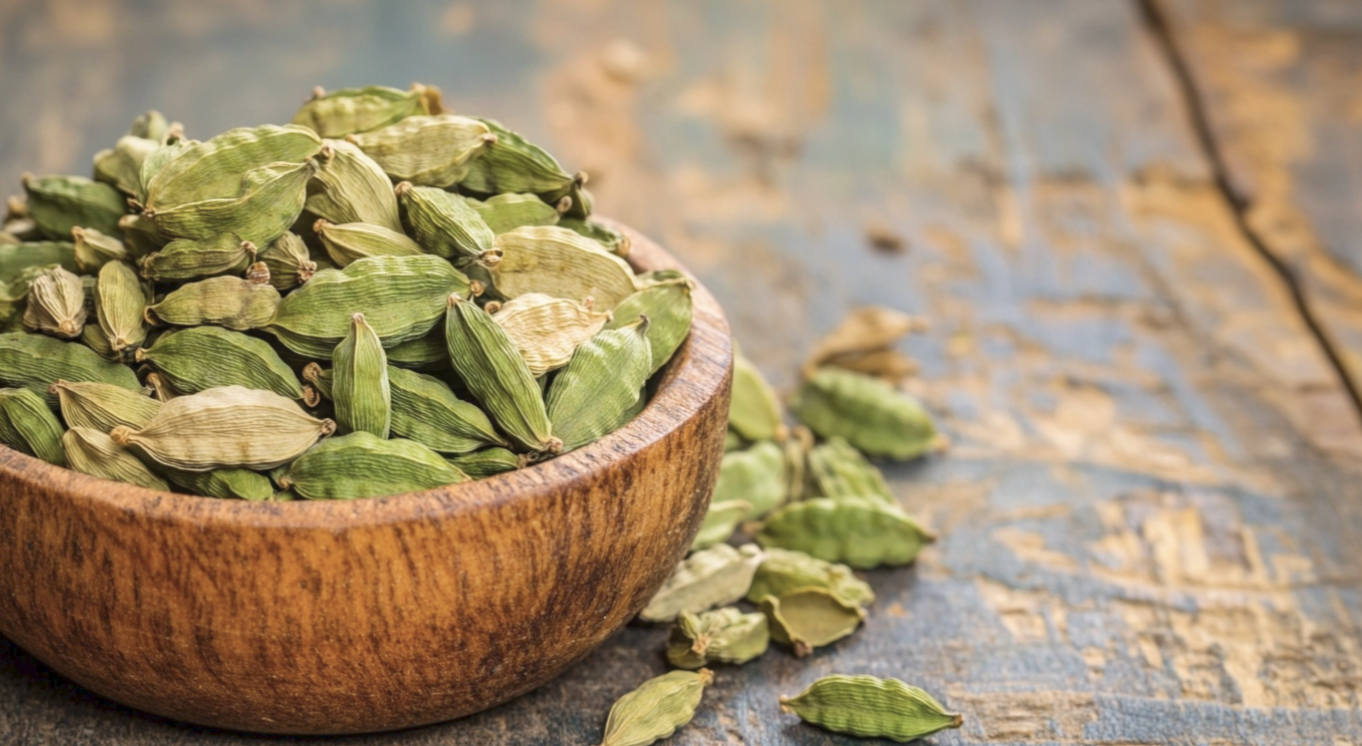
- Flavor Profile: Cardamom has a unique, aromatic flavor with hints of citrus and spice, offering a sweet and slightly spicy note.
- Color and Appearance: Cardamom does not contribute significant color to dishes; its primary role is flavoring.
- Best Uses: It is suitable for dishes where a fragrant, sweet spice is desired, such as desserts or spiced rice dishes.
- Potential Drawbacks: Cardamom’s distinctive flavor differs from turmeric’s earthy warmth and may not provide the same color or flavor profile.
10. Garam Masala
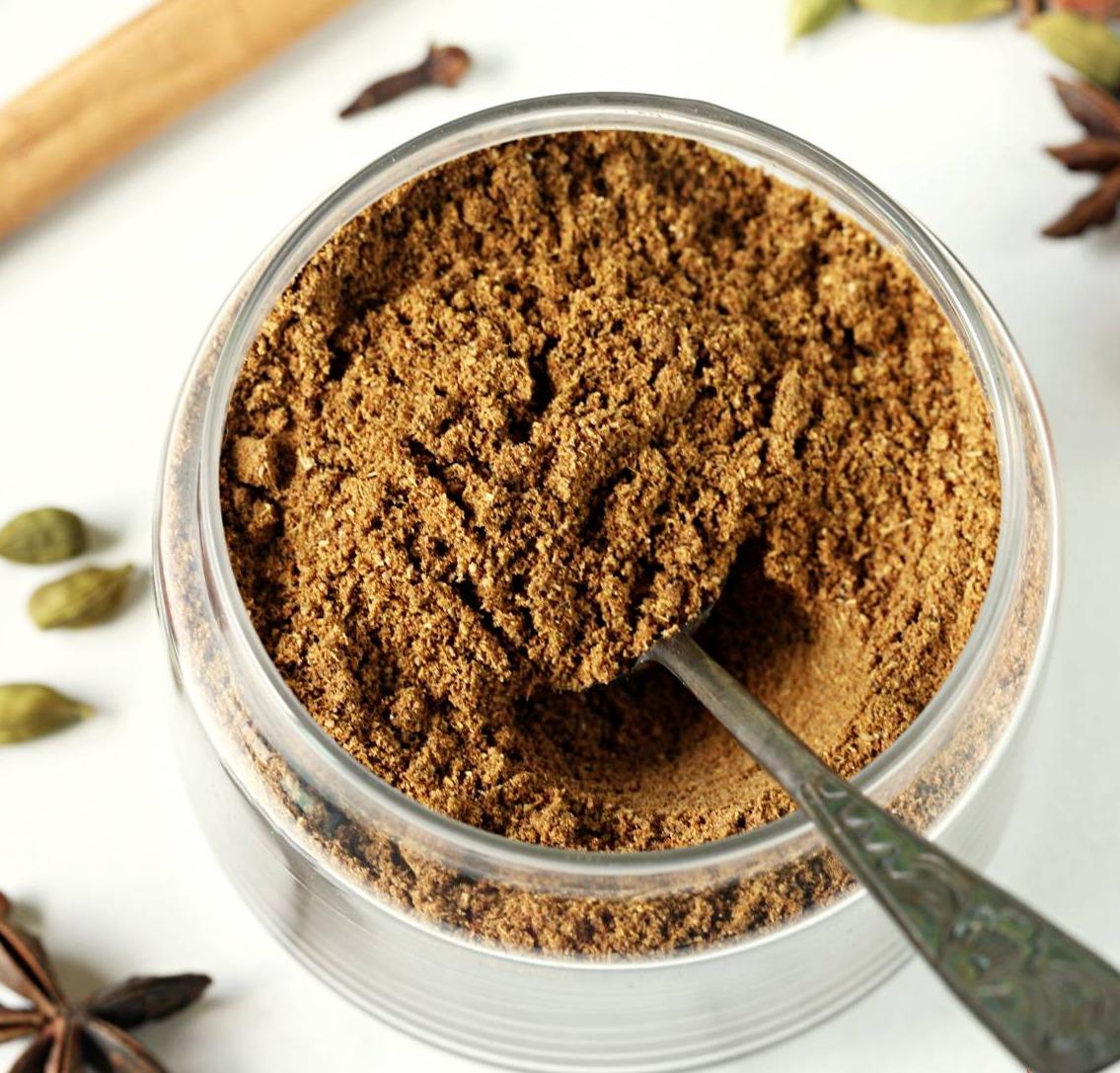
- Flavor Profile: Garam masala is a spice blend that includes cinnamon, cloves, cardamom, and sometimes turmeric. It offers a warm, aromatic flavor.
- Color and Appearance: Provides a warm, reddish-brown color but not as vibrant yellow as turmeric.
- Best Uses: It adds depth and warmth to Indian and Middle Eastern dishes, such as curries and stews.
- Potential Drawbacks: Garam masala’s complex blend of spices can change a dish’s flavor profile and may not provide the exact color or flavor that turmeric would.
Whether you choose paprika for its color, curry paste for its complex flavor, or mustard seeds for a tangy twist, each alternative offers unique qualities that enhance your cooking.
Understanding how each substitute compares in terms of flavor, color, and best uses helps you make informed choices based on your recipe needs.
While no substitute can perfectly replicate turmeric’s distinctive flavor and vibrant yellow hue, these alternatives provide effective options for various culinary applications.
With these ten substitutes, you’re prepared to continue creating delicious and diverse dishes, ensuring that your meals remain flavorful and satisfying, even without turmeric.
